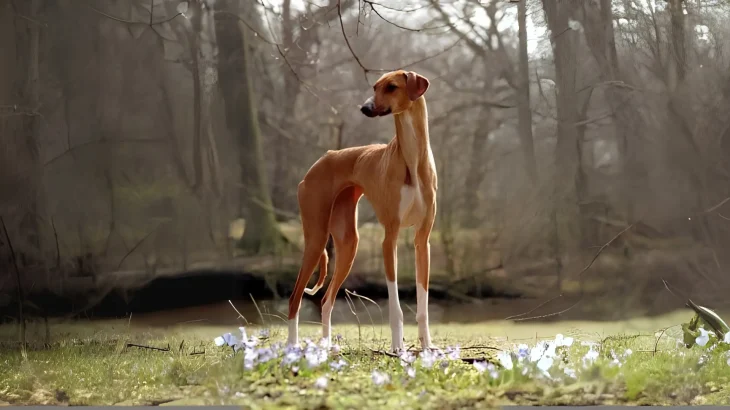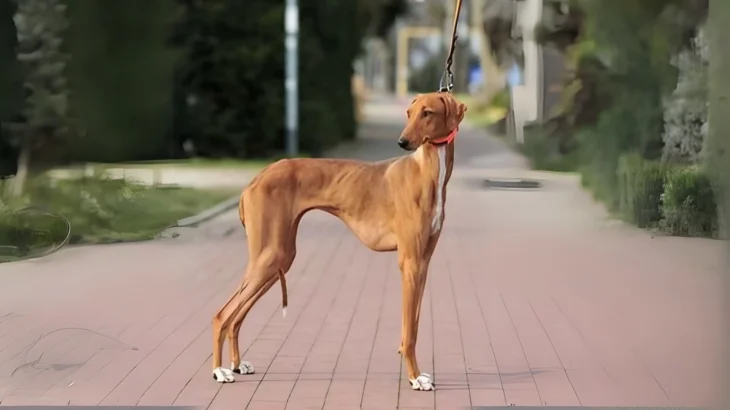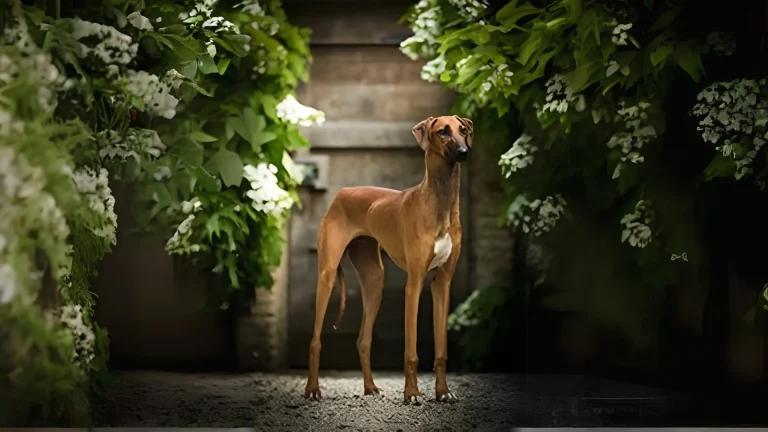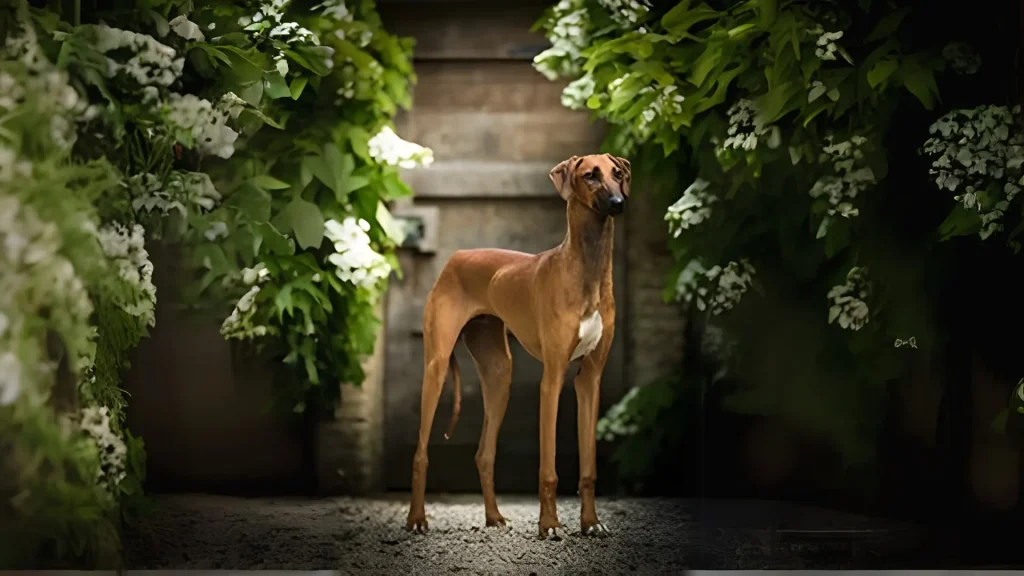When deciding whether to add an Azawakh puppy to your family, you can either adopt or purchase from a breeder. Each option has benefits and challenges, especially considering the rarity and needs of this breed. Understanding these differences helps you make a responsible choice.
Adoption vs. Breeder: Pros & Cons
| Criteria | Buying from Breeder | Adopting from Shelter/Rescue |
|---|---|---|
| Cost | Higher cost (around $3,000), reflecting breed rarity and pedigree. | Lower adoption fees, usually less expensive. |
| Health History | Detailed health records and genetic testing usually available. | Health history may be unknown; basic checks provided; rare Azawakh rescues exist. |
| Age Availability | Primarily puppies, letting you raise from early age. | Varies; may include puppies or adults. |
| Temperament Insight | Breeders share info on lineage temperament and expected behavior. | Limited info; based on shelter observations and less predictable. |
| Supporting Practices | Supports breed preservation; choose ethical breeders. | Supports animal welfare; gives a home to a dog in need. |
| Breed Purity & Pedigree | Guarantees purity; pedigree documentation provided. | Purity often uncertain; documentation usually not available. |




















































